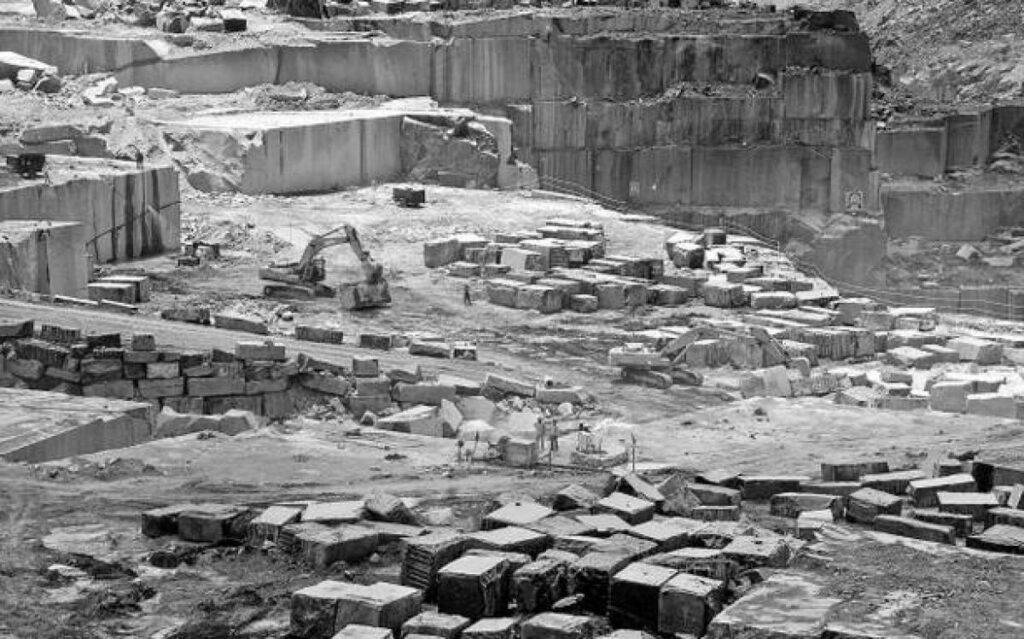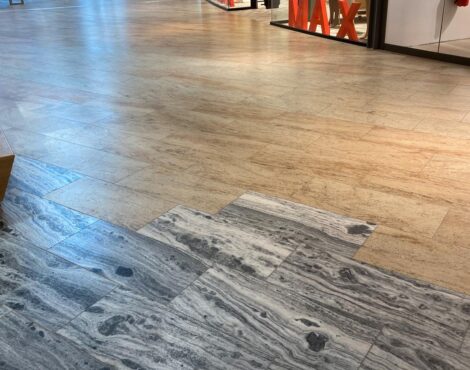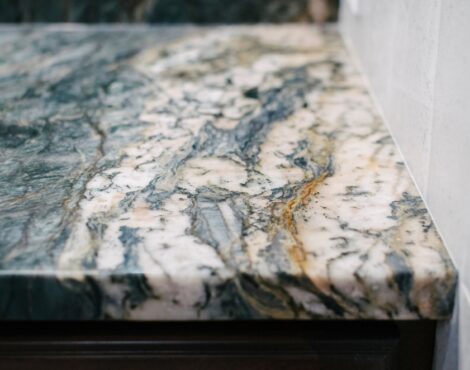Take a moment to look around your kitchen. Chances are, you’ll find granite countertops staring back at you. Granite Stone has become a popular choice in modern architecture, and for good reason. With its durability, elegance, and versatility, granite has made its way from the depths of quarries to the heart of our homes.
But have you ever wondered about the journey of granite before it reaches your kitchen? Starting in a quarry, where massive blocks of granite are extracted, this stone undergoes a series of transformations that turn it into the beautiful slabs we see in our homes. From cutting and shaping to polishing and sealing, each step in the processing journey is carefully crafted to enhance the stone’s natural beauty and strength.
Once out of the quarry and processed, granite finds its place in our kitchens, offering a stunning and practical surface. Its unique colours, patterns, and textures create a timeless appeal and complement any design style, from traditional to contemporary.
Join us as we look into the remarkable journey of granite stone and explore its indispensable role in modern architecture. Uncover the secrets of this ancient stone and discover why it continues to captivate homeowners and designers alike.
How Granite Stone is Formed?
Granite, a type of igneous rock, is formed deep within the Earth’s crust over millions of years. It is created when molten magma cools and solidifies. This process occurs far beneath the surface, where immense heat and pressure cause the minerals within the magma to crystallise and form granite. As the magma slowly cools and solidifies, it forms large, interlocking crystals that give granite its characteristic strength and durability.
Transportation and Logistics of Granite Stone from Quarries to Processing Facilities
After the extraction process is complete, the granite blocks need to be transported from the quarry to the processing facilities. This requires careful planning and logistics, as the blocks can weigh several tonnes and need to be handled with precision. Specialised trucks and equipment are used to load and transport the granite blocks, ensuring their safe arrival at the processing facility.
Transportation routes and methods vary depending on the location of the quarry and the processing facility. In some cases, granite blocks may be transported by rail or barge for longer distances. Once at the processing facility, the blocks are unloaded and prepared for the next stage of the journey.

Granite Stone Processing and Fabrication Techniques
At the processing facility, the granite blocks undergo a series of transformations to turn them into the beautiful slabs we see in our homes. The first step in the processing journey is cutting the blocks into manageable sizes using diamond blades, saws, or wire saws. This requires precision and skill to ensure minimal waste and maximise the yield of usable slabs.
Once cut, the slabs are carefully shaped and polished to enhance their natural beauty. This involves using specialised machinery and abrasives to smooth the surfaces and create a high-gloss finish. The slabs may also undergo additional treatments, such as sealing or honing, to enhance their durability and resistance to stains.
The Role of Granite Stone in Modern Architecture
Granite has played an indispensable role in modern architecture thanks to its unique combination of beauty and functionality. Its natural colours, patterns, and textures create a timeless appeal that can complement any design style, from traditional to contemporary. Whether used as countertops, flooring, or wall cladding, granite adds a touch of elegance and sophistication to any space.
Benefits and Advantages of Using Granite Stone in Architecture
The use of granite in architecture offers a multitude of benefits and advantages. One of its key advantages is its durability. Granite is a dense and hard stone that is resistant to scratches, heat, and stains. This makes it an ideal choice for high-traffic areas such as kitchens and bathrooms, where it can withstand daily wear and tear.
Another advantage of granite is its low maintenance requirements. Once properly sealed, granite is relatively easy to clean and maintain. Regular cleaning with mild soap and water is usually sufficient to keep it looking pristine. Additionally, granite’s natural resistance to bacteria and mould growth makes it a hygienic choice for food preparation areas.
Examples of Famous Structures and Buildings Made from Granite Stone
Granite has been used in the construction of numerous famous structures and buildings around the world. One notable example is the Statue of Liberty in New York City. The statue’s pedestal is made from granite, which not only provides a solid foundation but also adds to the monument’s aesthetic appeal.
Another iconic structure that features granite is the Taj Mahal in India. The entire mausoleum is constructed from white marble, which is a type of metamorphosed granite. This choice of material not only showcases the beauty of granite but also highlights its durability and ability to withstand the test of time.
Maintenance and Care of Granite in Architectural Applications
To ensure the longevity of granite in architectural applications, proper maintenance and care are essential. Regular cleaning using non-abrasive cleaners is important to prevent the buildup of dirt and grime. Avoid using harsh chemicals or abrasive scrubbers, as these can damage the surface of the stone.
It is also important to periodically reseal granite to maintain its resistance to stains and moisture. The frequency of resealing depends on factors such as the type of granite and the level of usage. A professional can provide guidance on the best sealing schedule for your specific application.
Conclusion
From quarry to kitchen, the journey of granite is a remarkable one. This natural stone has captivated homeowners and designers alike with its beauty, durability, and versatility. Its role in modern architecture is undeniable, as it adds a touch of elegance and sophistication to any space.
As we continue to embrace the timeless appeal of granite, let us remember the enduring legacy of this ancient stone. Its journey from the depths of the earth to our homes is a testament to the ingenuity and craftsmanship of those who shape and transform it. So the next time you admire your granite countertops, take a moment to appreciate the remarkable journey that this stone has undertaken to become a cherished part of your home.
Explore the Granite Slabs from our collection.
Stone Galleria
We offer more than just materials – we provide a partnership founded on reliability and responsiveness. Stone Galleria recognizes the distinctive requirements of commercial enterprises and is committed to delivering dependable and cost-effective supply chain management.
As a leading manufacturer, supplier, and exporter of Granite, Sandstone, and Quartzite, we tailor our products to your specifications, including dimensions, thickness, and various finishes.
Embark on the journey to enhance your operations by requesting a free quote today. Complete our inquiry form, and we will promptly respond to your needs.
Knowledgeable – Reliable – Responsive




